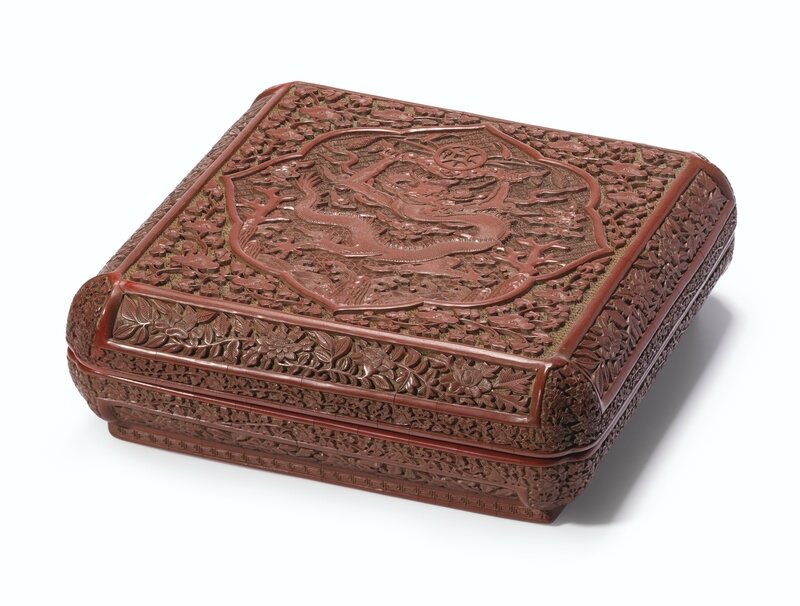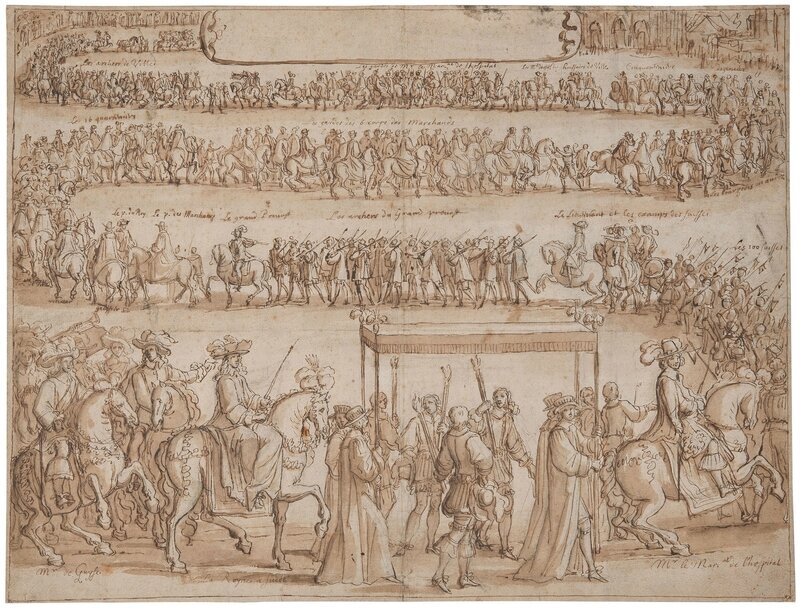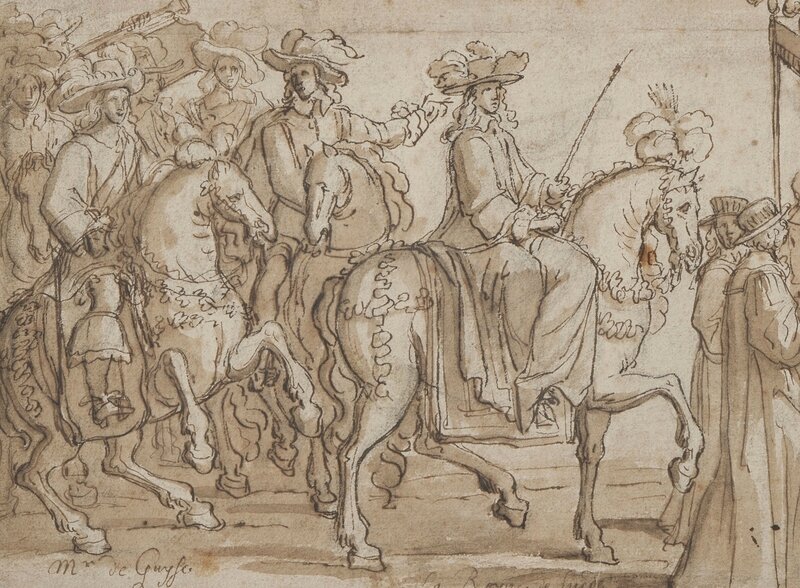![28276800_191896814913679_8058122664732502800_n]()
Jean Dufy (Le Havre, 1888 - Boussay, 1964), Venise, le Grand Canal, 1929. Oil on canvas, 65 x 80 cm (25.5 x 31.5 in.) Signed and dated lower center 'Jean Dufy 29'. Daphne Alazraki Fine Art (Stand 363). © TEFAF 2018
This painting is sold with a certificate of authenticity from Jacques Bailley.
Provenance: Collection Kleinmann & Co, New York; Private collection, Europe.
Literature: Jacques Bailly, Catalogue raisonné de l’oeuvre Jean Dufy, 1888-1964, France 2011, volume I, p. 354, no. 711.
![27973179_191898568246837_1432057038333297761_n]()
Henri Matisse (Le Cateau-Cambrésis, 1869 - Nice, 1954), Femme assise (Michaela), Nice, 1943. Charcoal and estompe on paper, 48 x 38 cm (19 x 15 in.) Signed and dated lower left 'H. Matisse mai '43'. Daphne Alazraki Fine Art (Stand 363). © TEFAF 2018
This painting is sold with a certificate of authenticity signed by Wanda de Guébriant and M.G. Duthuit, Paris, November 1981.
Provenance: Galerie Daniel Malingue, Paris; Private collection, France.
![2]()
Henri Le Sidaner (Port Louis, 1862 - Paris, 1939), Table au clair de lune, 1928. Oil on canvas, 73 x 92 cm (28.8 x 38.3 in.) Signed lower right 'Le Sidaner'. Daphne Alazraki Fine Art (Stand 363). © TEFAF 2018
Provenance: Private collection, circa 1960; Acquired from the Estate of the above, UK.
Literature: Yann Farinaux-Le Sidaner, Le Sidaner, L'oeuvre peint et gravé, Milan 1989, no. 648, ill., p. 241.
![2]()
Francis Picabia (1878 - Paris - 1953), Effet de soleil couchant sur l'étang de Berre-Martigue, 1908. Oil on canvas, 53.9 x 64.4 cm (21.3 x 25.4 in.) Signed and dated lower right 'Picabia 1908'. Daphne Alazraki Fine Art (Stand 363). © TEFAF 2018
This work is in the archives of the Comité Picabia as number AID 3636.
Provenance: Sotheby’s Parke Bernet, New York, 9 November 1979, sale 4304, lot 915; Private Collection, Mexico (acquired from the above sale).
![2]()
Eugène Boudin (Honfleur, 1824 - Deauville, 1898), Brest, bateaux dans la rade, c. 1870-73. Oil on canvas, 36.8 x 58.4 cm (14 1/2 x 23 in.) Signed and inscribed lower right: E. Boudin Brest. Daphne Alazraki Fine Art (Stand 363). © TEFAF 2018
Provenance: Galerie Georges Petit, Paris Hector Brame, Paris Donon-Maigret, Paris Palais Galliera, Paris, June 20, 1968, lot 240 Sotheby's, London, April 30, 1969, lot 18 Private Collection Sotheby's, New York, May 19, 1983, lot 307 Private Collection, USA
Literature: Robert Schmit, Eugene Boudin, Paris 1973, vol. I, no. 562, p. 209, illus.
Ruth L. Benjamin, Eugene Boudin, New York 1937, illustrated pl. 127
Exhibited: Rennes, France, Musée des Beaux-Arts, Eugene Boudin en Bretagne, 1964, no. 17; also reproduced in the Exhibition catalogue.



























































